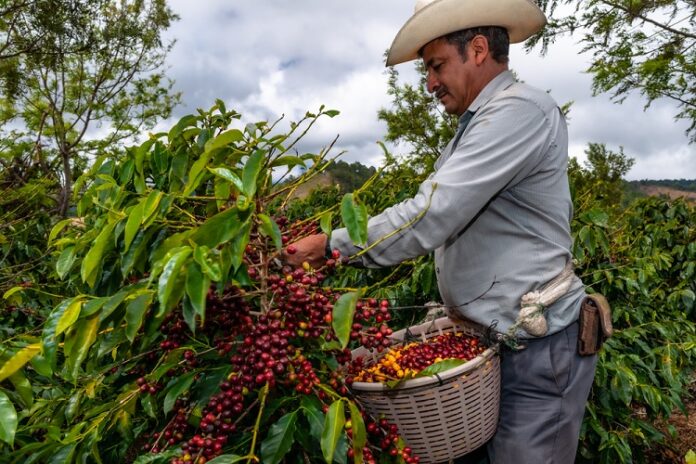Colombian coffee is famous worldwide, but there’s more to it than meets the eye. In this article, we’ll go beyond the stereotypes and uncover the true essence of Colombian coffee. We’ll delve into the various Colombian coffee regions, their distinct microclimates, and the complex flavors that arise from the Andes’ fertile soils.
When you think of Colombian coffee, you might picture Juan Valdez and his trusty mule. But Colombian coffee is far more diverse and nuanced than a marketing campaign can capture. We’ll explore the history of coffee in Colombia, from its humble beginnings to becoming one of the world’s top coffee producers.
Colombia’s unique geography, with its range of altitudes and microclimates, plays a significant role in shaping the flavors of its coffee. We’ll journey through regions like Antioquia, Huila, and Nariño, each offering a different coffee experience. We’ll delve into the impact of elevation on coffee flavor and discuss the influence of volcanic soils in certain regions.
What makes Colombian coffee truly special is its exceptional quality and the meticulous care taken in its production. We’ll learn about the coffee farmers’ dedication to their craft and the role of cooperatives in supporting their livelihoods.
We’ll also explore how Colombia is leading the way in sustainable coffee production, including initiatives such as shade-grown coffee and bird-friendly certification.
And of course, we’ll discuss the flavors. Colombian coffee is known for its balanced, bright acidity and medium body. We’ll delve into the tasting notes that coffee aficionados can expect to find in their cup, from fruity and floral to nutty and chocolatey. We’ll even touch on the Colombian tradition of adding panela (unrefined cane sugar) to coffee for a unique sweetness.
By the end of this article, you’ll have a deeper appreciation for Colombian coffee, its rich history, its commitment to quality and sustainability, and the complex flavors that have made it a beloved choice for coffee enthusiasts worldwide.









